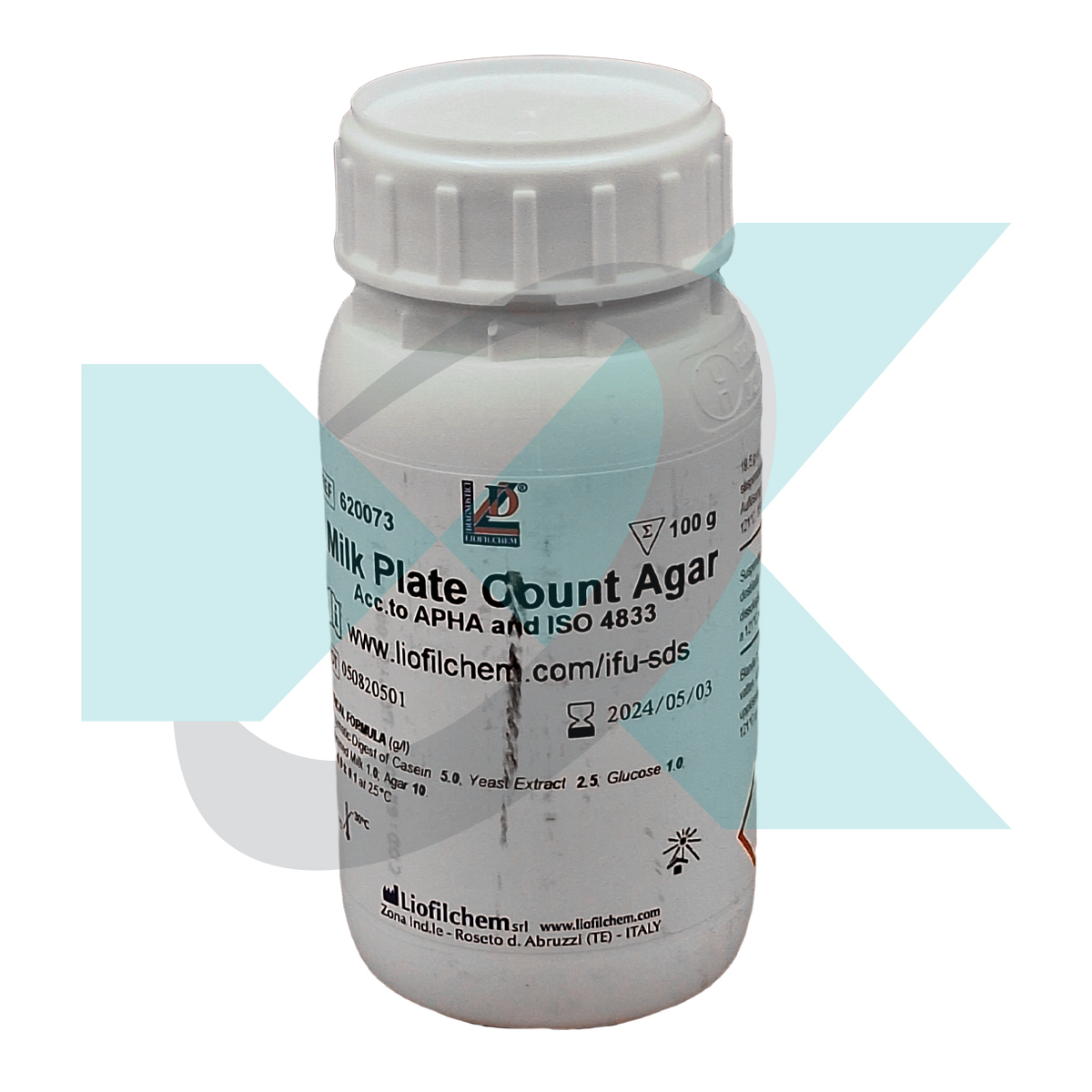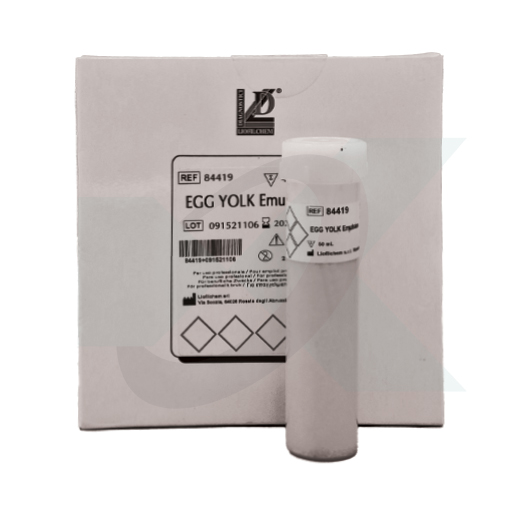Introduction
Milk Plate Count Agar (MPCA) is a critical medium in microbiology for the enumeration of microorganisms in milk and dairy products. Complying with the standards of the American Public Health Association (APHA) and ISO 4833, MPCA is essential for ensuring the quality and safety of dairy products. This article explores the composition, application, and significance of MPCA in the microbiological examination of dairy products.
Product Description
Milk Plate Count Agar is a nutrient medium specifically formulated for enumerating bacteria in milk and dairy products, following the recommendations of APHA, the International Dairy Federation, and ISO 4833. The medium consists of enzymatic digest of casein, yeast extract, glucose, skimmed milk, and agar, with a final pH of 6.9 ± 0.1 at 25°C. It provides essential nutrients and vitamins, particularly B-group vitamins, from yeast extract and casein, while glucose acts as a fermentable carbohydrate. The inclusion of skimmed milk optimizes conditions for bacteria typically found in milk, making MPCA a reliable tool for dairy microbiological analysis.
Composition and Principle
MPCA contains 5.0 g/l enzymatic digest of casein, 2.5 g/l yeast extract, 1.0 g/l glucose, 1.0 g/l skimmed milk, and 10.0 g/l agar. The enzymatic digest of casein and yeast extract supply amino acids, nitrogen, carbon, vitamins, and minerals, supporting organism growth. Skimmed milk provides additional casein, creating an optimal environment for typical dairy bacteria. Agar acts as the solidifying agent.
Preparation and Sterilization
To prepare MPCA, 19.5 g of the powder is suspended in 1 liter of distilled or deionized water. After mixing well, the solution is heated to a boil and sterilized in an autoclave at 121°C for 15 minutes. The medium is then cooled to 45-50°C and distributed into Petri dishes aseptically.
Test Procedure and Interpretation
Testing involves performing serial dilutions of the sample to achieve a colony count between 15 and 300 per plate. The medium can be inoculated using pour plating or spread plating methods. For general aerobic counts, plates are incubated aerobically at 30°C for 72 hours. Colonies are counted and reported as colony-forming units per milliliter of the sample, considering dilution factors.
Storage, Shelf Life, and Quality Control
MPCA in its dehydrated form should be stored at 10-30°C in a dry environment, with a shelf life of 4 years. Prepared plates have a shelf life of 6 months and should be stored at 10-25°C, away from light. Quality control tests involve inoculating the medium with strains like Bacillus subtilis, Escherichia coli, and Staphylococcus aureus to ensure its productivity and selectivity.
Conclusion
Milk Plate Count Agar is an indispensable medium in the dairy industry for the microbiological examination of milk and milk products. Its specific formulation, ease of use, and compliance with international standards make it a vital tool in ensuring the microbiological safety and quality of dairy products.


















نقد و بررسیها
هنوز بررسیای ثبت نشده است.